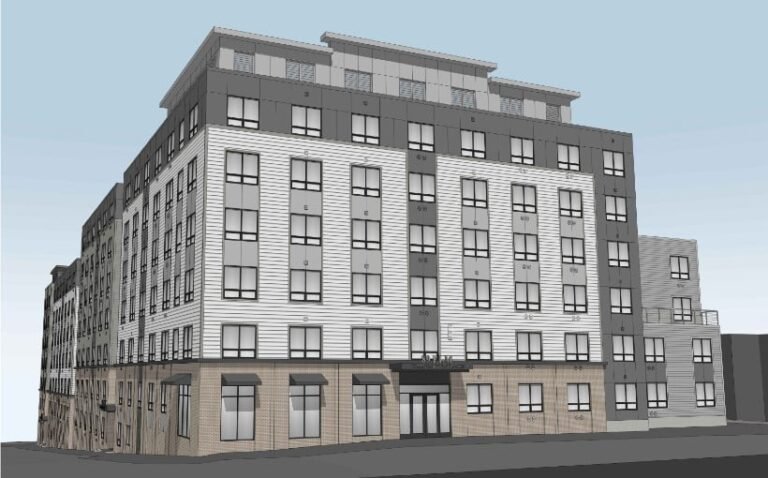

CBRE analysts comment that health-conscious consumers are driving site and structure shifts
It’s not news that consumers focus on health and sustainability when it comes to their food. A recent report issued by CBRE explained that the shift toward natural ingredients and eco-friendly packaging “has food & beverage companies rushing to adjust their operations and real estate footprints.”
However, the CBRE analysts caution that such moves require more than “finding the right sites with the right labor pools.” The analysts offered the following ways in which food & beverage companies are attempting to meet changing consumer needs.
Focusing on the Power
As food and beverage companies expand their product lines to include healthier foods, production increases. More production requires more power. However, utilities in the United States are struggling to deliver power requirements without straining grids.
In response, “large users are making sure there’s enough power for their facilities long before putting shovels in the ground,” the report said. These users conduct load and transmission studies during the project evaluation process, meaning utilities can ensure enough power to sites.
Determining Water Sources
A lack of access to fresh water in some parts of the United States, along with the limited capacity of wastewater treatment, is negatively impacting food and beverage production.
In response, some companies are finding ways to” recycle freshwater, harvest rainwater and desalinate saltwater,” according to CBRE analysts. With the latter, some companies have installed on-site desalination systems, while others partner with existing plants.
Working Around Limited Building Inventory
The report explained that few existing buildings can accommodate the manufacturing and cold storage space necessary to produce healthier products. Developers are attempting to increase the inventory; however, “these projects often have long lead times and require significant capital investment at a time when favorable financing terms for new projects are hard to come by,” CBRE analysts said.
In response, companies are moving toward build-to-suit developments and retrofitting existing buildings. Many projects are smaller facilities near supply points. “This helps increase delivery speeds and offset project costs,” the report indicated.
Partnering with third-party consultants for financing solutions and economic incentives that help reduce upfront and ongoing costs is also in play.
The post Consumer Food Preferences Drive Real Estate Change appeared first on Connect CRE.





